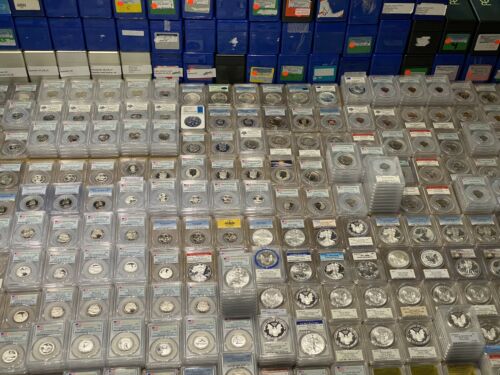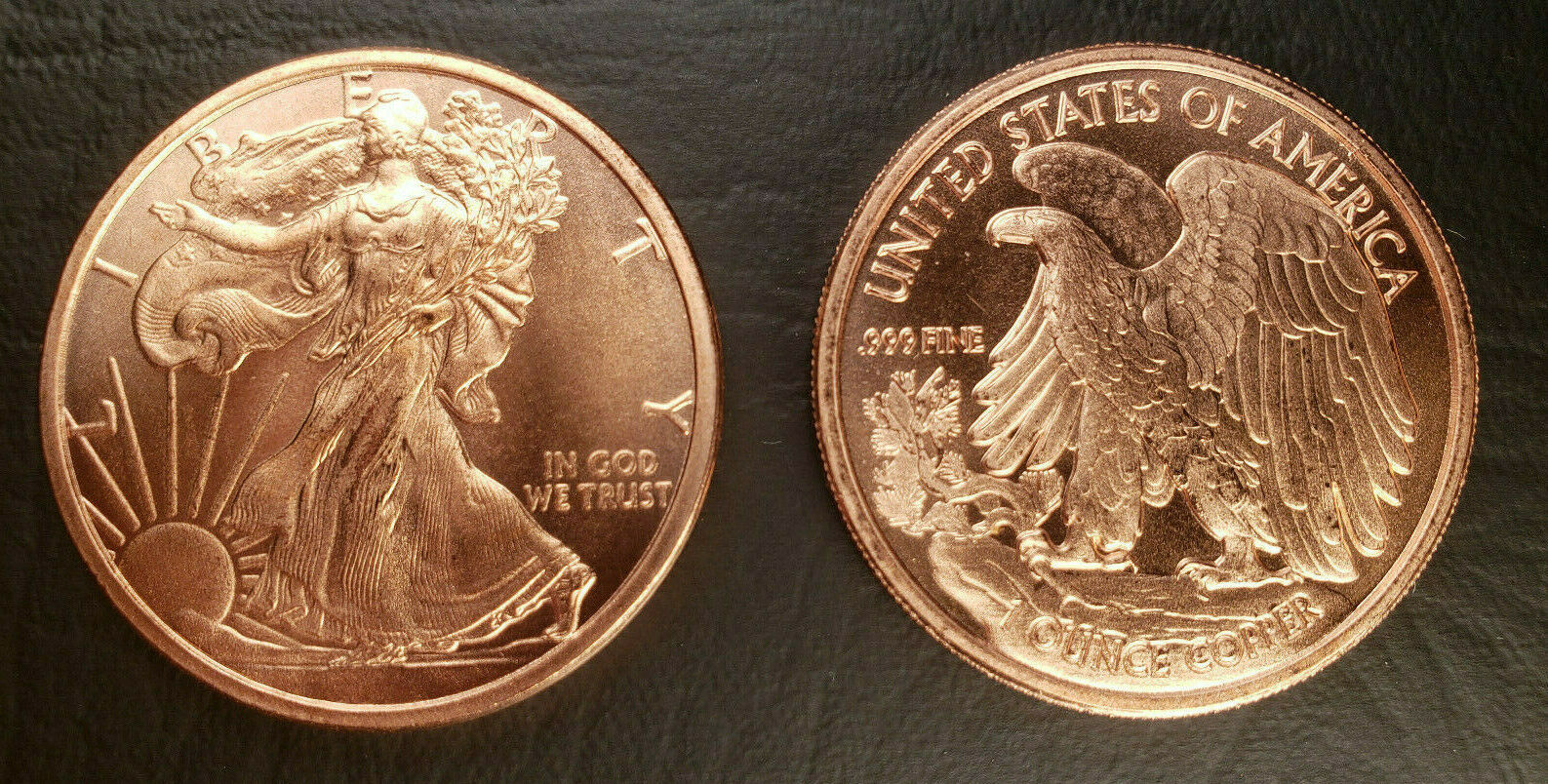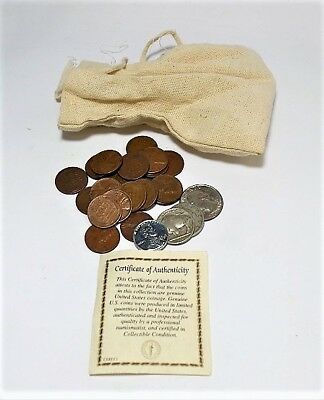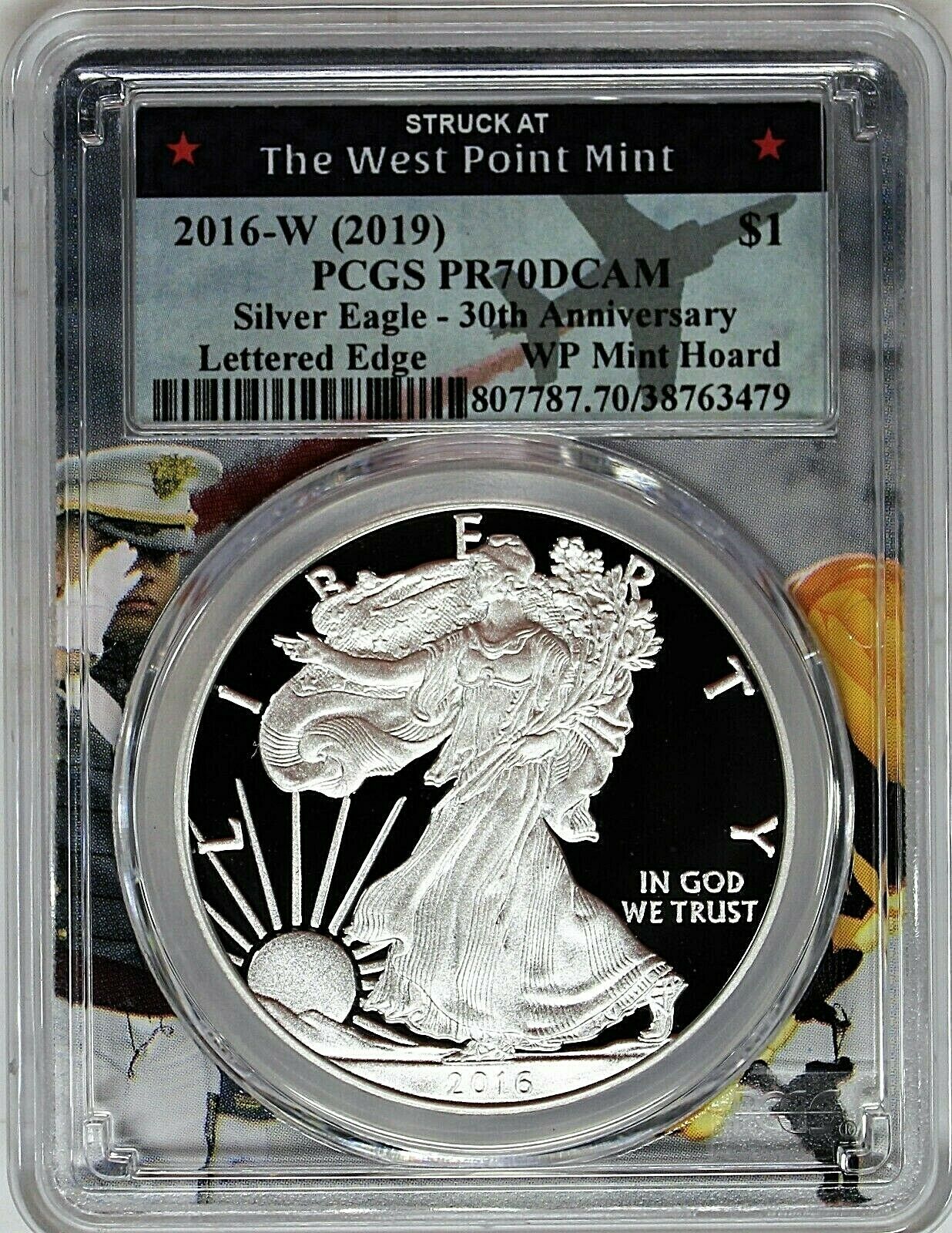-40%
1851 HUMBERT 880 RE PCGS AU 58
$ 121968
- Description
- Size Guide
Description
eBay StoreAbout Us
Add as Favorite
Feedback
Payment
Shipping
Contact
1851 HUMBERT 880 RE PCGS AU 58
Grading Service: PCGS
Cert Number: 43846806
SKU: 139745
Coin History
1851 TERRITORIAL - CALIFORNIA GOLD RE
The first privately issued gold coins produced within the territory that today comprises the United States are Ephraim Braher's 1786 Lima-style and 1787 New York-style Doubloons. In practice, however, numismatists do not classify these pieces as Private or Territorial Gold Coins, but rather as Colonial or, more accurately, Pre-Federal issues. The Territorial Gold classification instead refers to the family of coins struck by assayers, bankers and other individuals in isolated areas of the United States to fill a pressing need for circulating coinage in the years before the federal government assumed this responsibility by establish a branch mint in the region. It is important to note that the Constitution (Article One, Section 8) grants Congress the right to coin money, and none of the Territorial Gold issues were authorized by state or territorial governments.
Territorial Gold coins were produced in connection with three of the four major gold rushes in United States history. The first of these is the Lower Appalachian or Georgia Gold Rush that started in 1829. This event triggered the first private gold coinage of the 19th century, and it was struck by jeweler and gunsmith Templeton Reid of Millidgeville, Georgia in July of 1830. The Bechtlers in nearby Rutherford County, North Carolina were even more active in producing coins from Lower Appalachian gold, their activity including the issuing of the United States' first circulating Gold Dollar. The Bechtlers did not cease coinage operations until 1852 despite the fact that the federal government established branch mints in Charlotte, North Carolina and Dahlonega, Georgia in 1838.
The next major gold rush, and the most famous in U.S. history, occured in California after James Marshall made his well-known discovery at Sutter's Mill in 1848. A host of private minters sprang up in and around San Francisco to convert newly mined gold into coins and ingots and provide the booming economy of California with a more-or-less acceptable medium of exchange. As significant quanties of California gold reached Oregon Territory and Utah's Salt Lake Valley, derivative minting operations were also established in those regions. The Oregon Exchange Company operated in the former territory, while the Mormons struck gold coins in Utah on several occasions from 1849 through 1860. In 1854, the newly established San Francisco Mint struck its first gold coins, and its initial deliveries of silver Quarters and Half Dollars were made the following year.
The final gold rush that was accompanied by the issue of Territorial Gold coins is the Colorado Gold Rush that commenced in 1859 and lasted through the early 1860s. The most prolific private minter in Colorado was Clark, Gruber & Co., although the smaller firms of John Parson & Company and J.J. Conway & Co. also issued limited numbers of coins. Although the Denver Mint did not strike its first coins until 1906, the United States Assay Office that preceded it opened for business in late 1863.
All United States Territorial Gold coins are rare, particularly in high grades with problem-free surfaces. Struck as they were to alleviate critical shortages of circulating currency, many of these coins were used until worn out or lost. Since the minters were private firms or individuals with limited financial resources, many issues undoubtedly started as low-mintage deliveries - a fact that further contributes to their rarity in today's market. Additionally, many Territorial Gold coins eventually found their way to the U.S. Mint, where they were melted because their weight and/or fineness were not up to federally regulated standards. The final impediments to locating attractive, high-grade examples of the various Territorial Gold issues are the rustic conditions that prevailed in gold rush towns and mining communities. Indeed, we routinely encounter damaged or otherwise impaired examples that confirm the importance of problem-free, NGC- and PCGS-certified survivors.
Store Categories
Stores Home
Colonials
Half Cents
Large Cents
Small Cents
Two-Cent Pieces
Three-Cent Silvers
Nickels
Half Dimes
Dimes
Twenty-Cent Pieces
Quarter Dollars
Half Dollars
Flowing Hair Dollars
Seated Dollars
Trade Dollars
Morgan Dollars
Peace Dollars
One Dollar Gold
Two Fifty Gold
Three Dollar Gold
Five Dollar Gold
Ten Dollar Gold
Twenty Dollar Gold
Commemorative Gold
Commemorative Silver
Patterns
Territorial Gold
Three-Cent Nickels
Draped Bust Dollars
Gobrecht Dollars
Other











